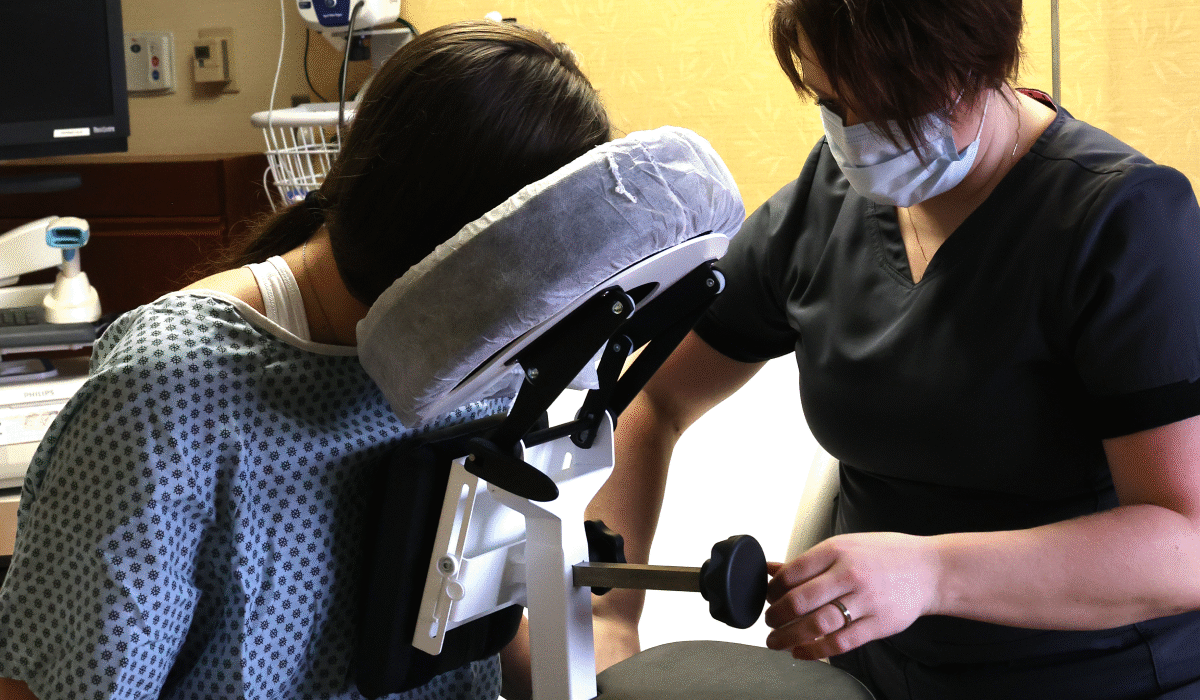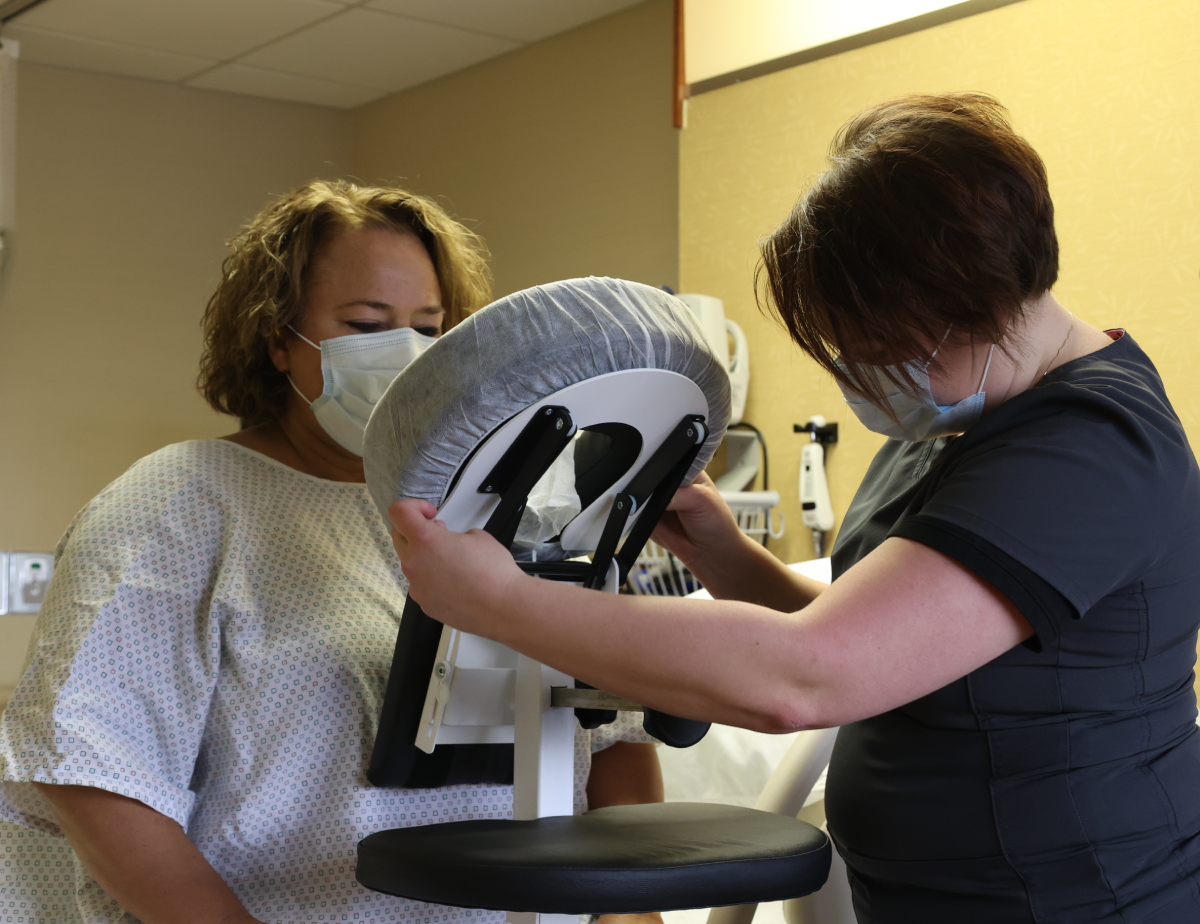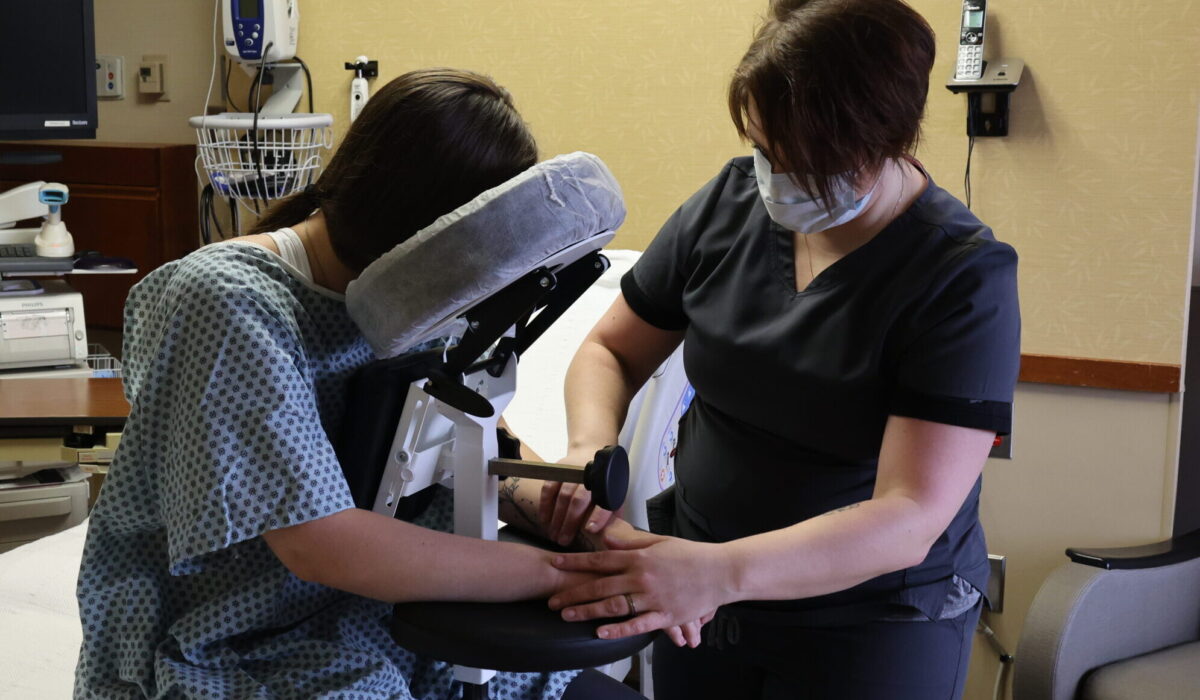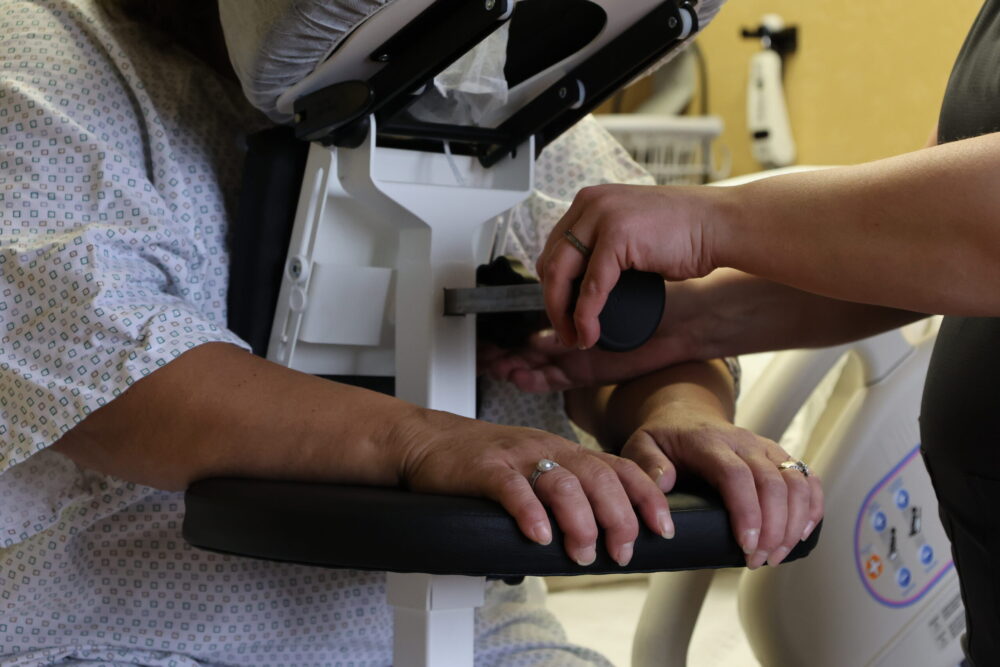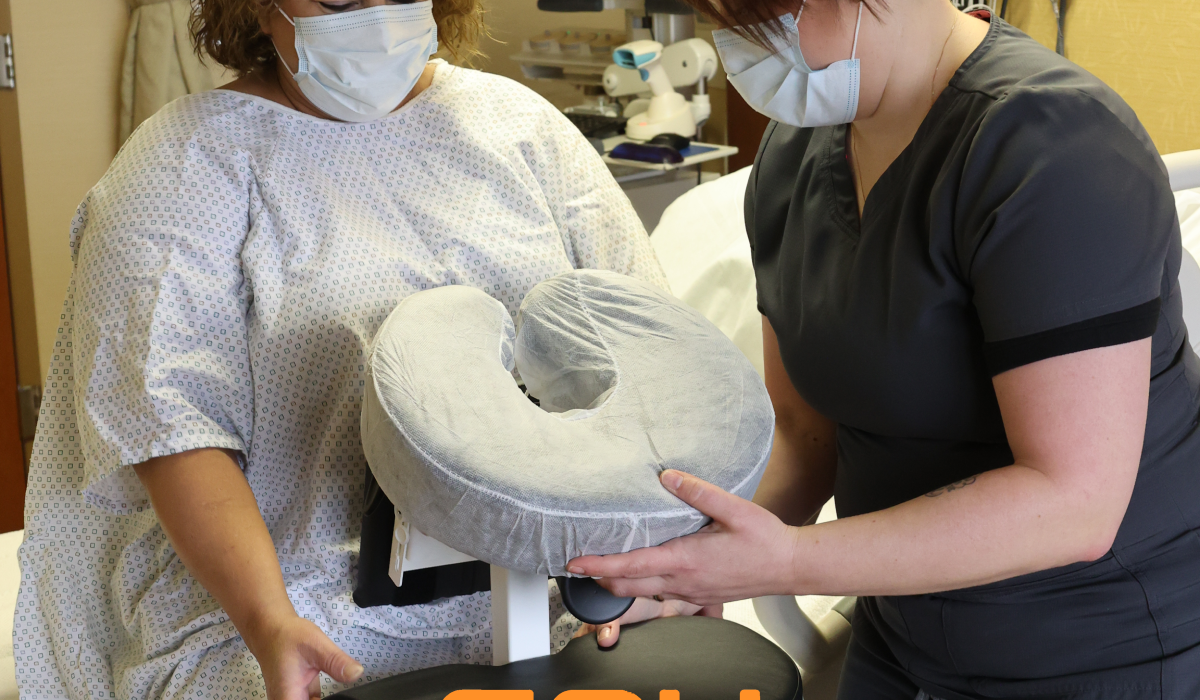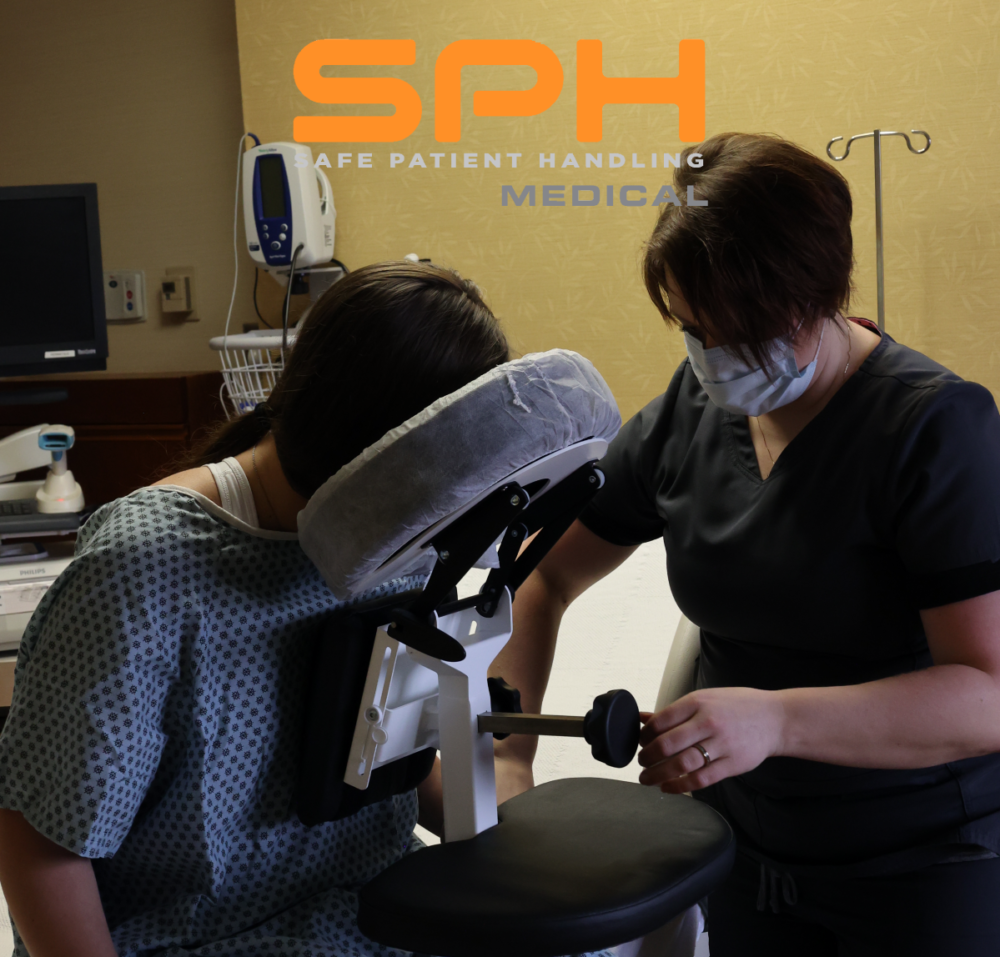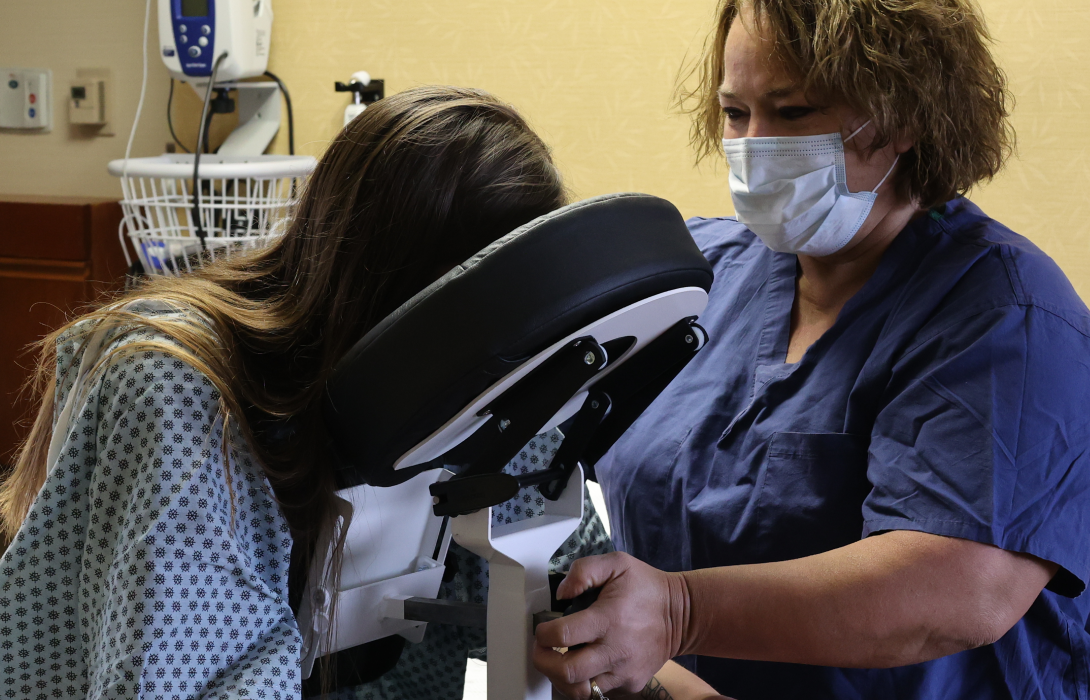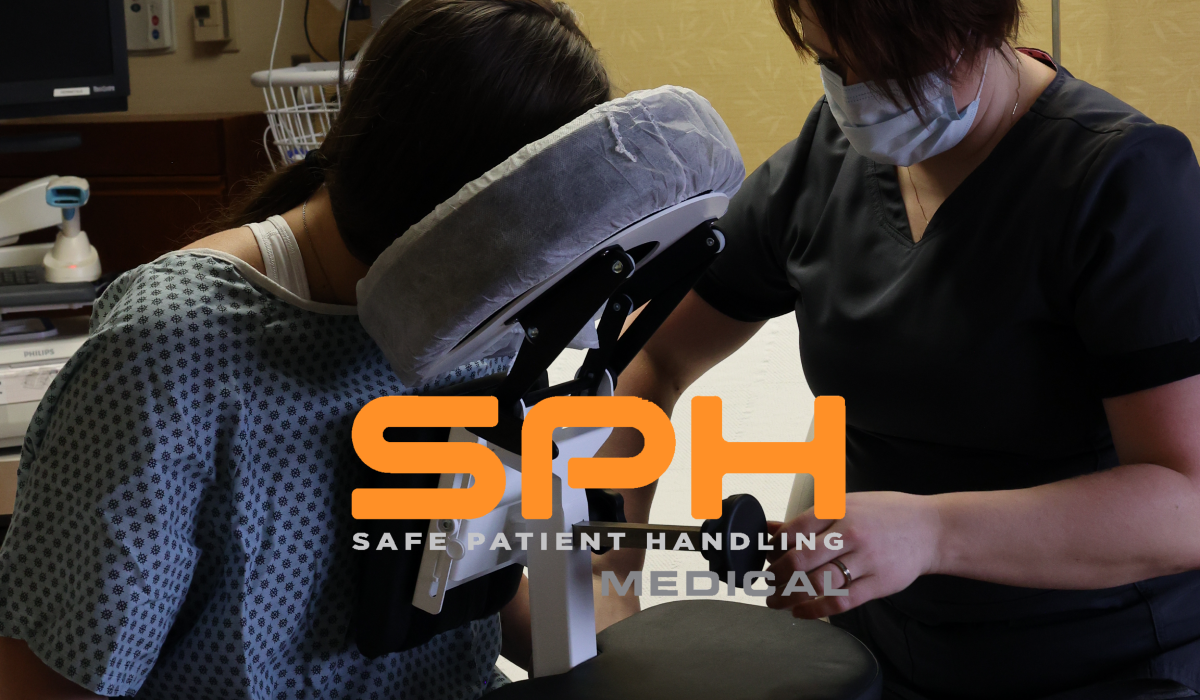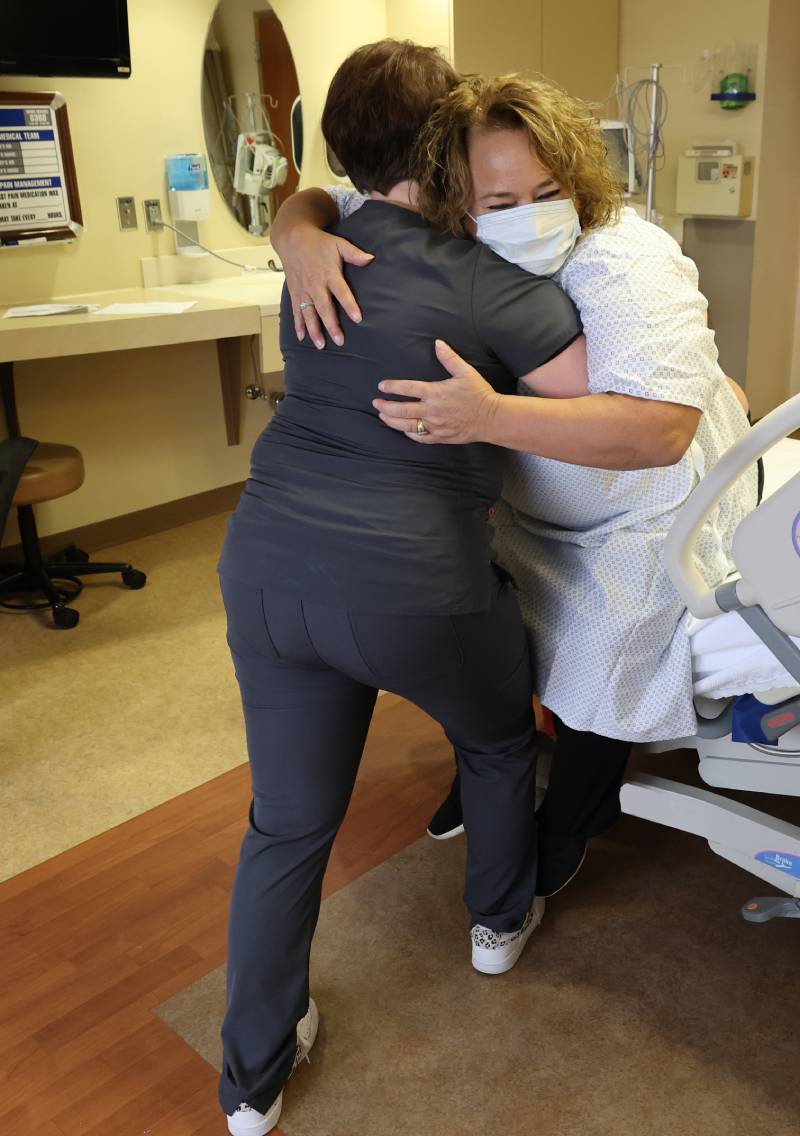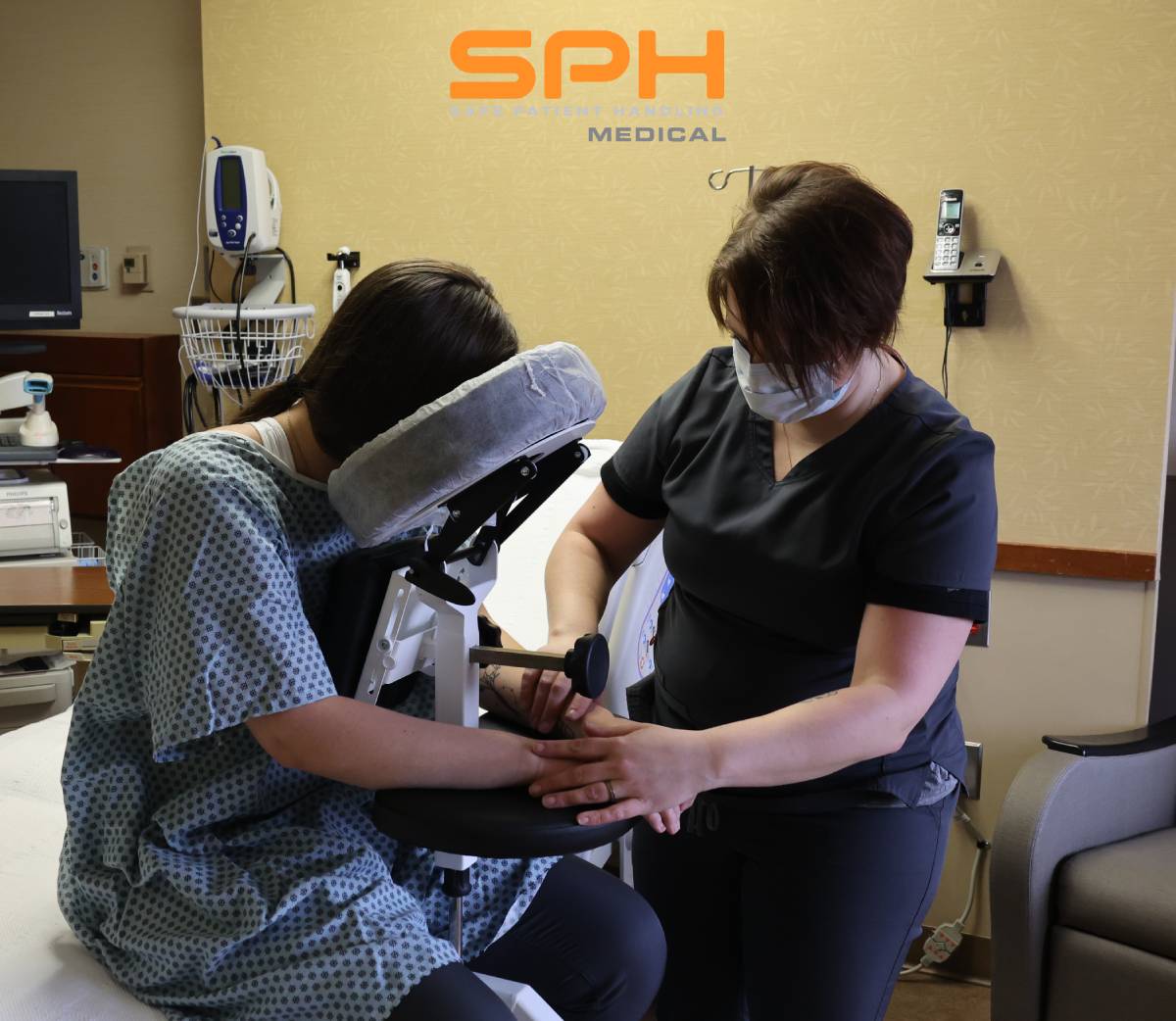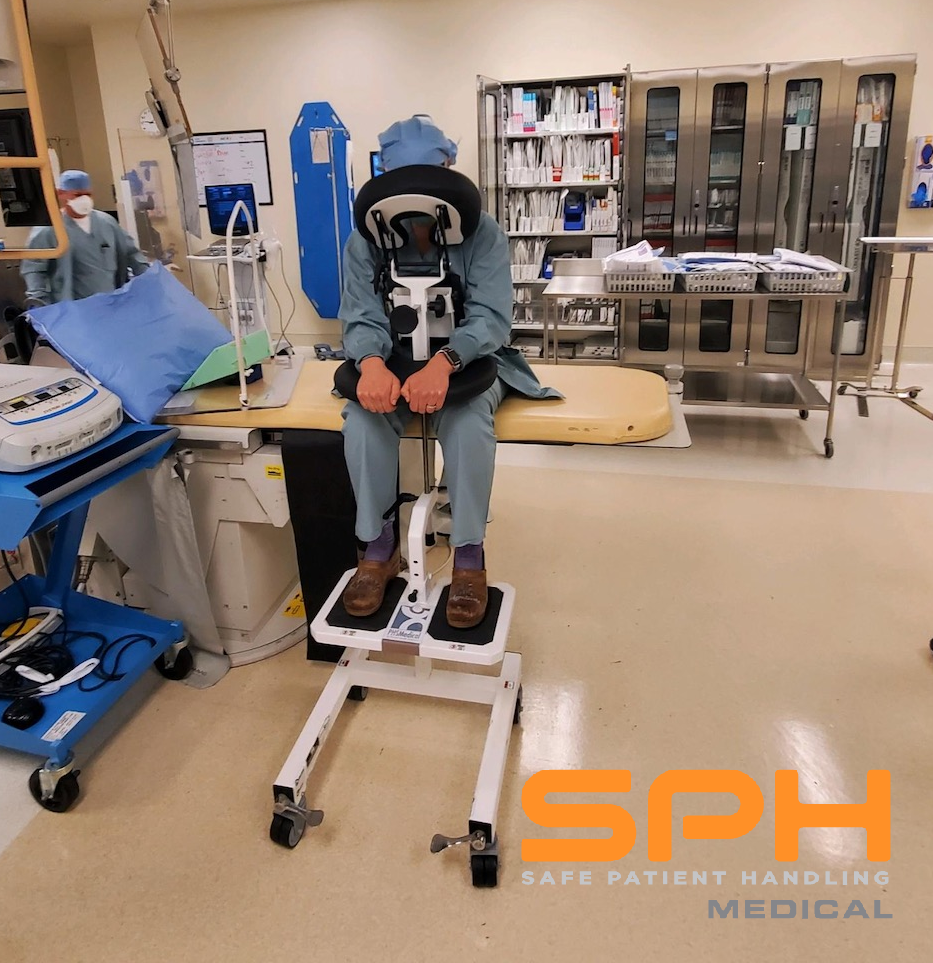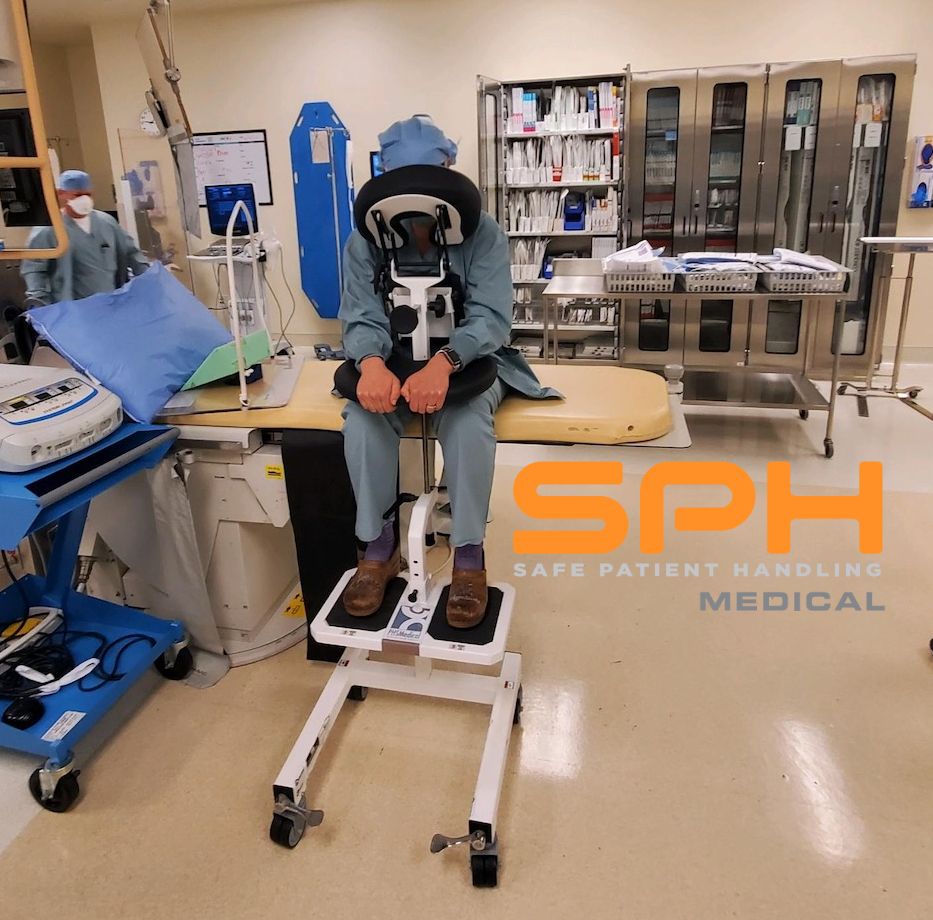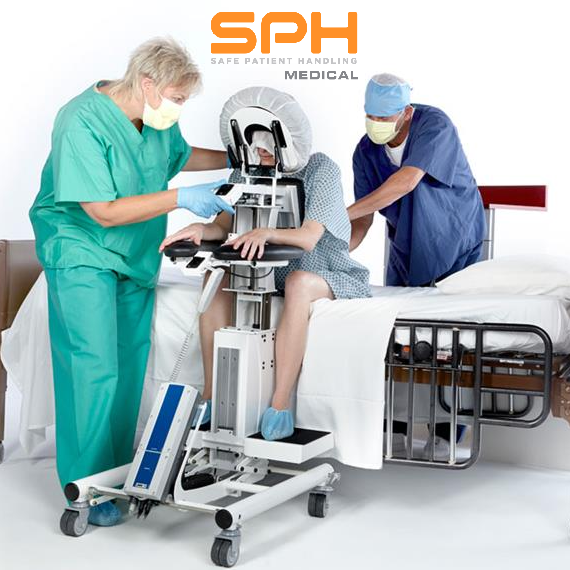Spinal block procedures are essential in many surgical settings, offering targeted anesthesia that allows for pain-free operations without general sedation. However, these procedures demand precision—not just in administering the anesthesia, but also in patient positioning. Challenges such as patient movement, discomfort, or improper alignment can compromise outcomes, prolong procedures, and increase risks for both patients and staff. Enter the Epidural Positioning Device (EPD), also known as the Epidural Positioning Chair. This innovative tool is transforming how surgical teams approach spinal blocks, improving patient safety, staff well-being, and overall workflow efficiency in operating rooms.
Unique Features of the EPD for Surgical Settings
The EPD boasts a range of features tailored to meet the high-pressure demands of surgical environments. One of its standout features is its stepless height adjustment, allowing clinicians to find the perfect alignment for any patient quickly and accurately. This precision is critical for effective needle placement during spinal block procedures.
Additional elements like padded armrests and foot support accommodate patients in a secure and comfortable position, minimizing unintended movement. The compact and mobile design makes the EPD an asset in a busy pre-op area, allowing for seamless integration into surgical workflows. With its 600-pound weight capacity, the chair is versatile enough to meet the needs of diverse patient populations.
By ensuring proper spinal alignment and ergonomic support, the EPD not only improves procedural accuracy but also enhances the overall patient experience—a crucial factor in high-stakes surgical scenarios.
Enhancing Staff and Patient Safety
Patient and staff safety are paramount in any medical procedure, and the EPD excels at addressing both. For patients, the Epidural Chair provides a stable and secure platform that minimizes movement during spinal block administration. This reduces the chances of complications like nerve damage, failed anesthesia, or prolonged procedural times. Proper alignment also decreases the likelihood of needing repeated attempts, improving both safety and patient comfort.
For surgical staff, the EPD is a game-changer when it comes to reducing physical strain. Traditional methods of assisting patients into the correct position often involve makeshift solutions or require staff to manually hold patients in place. Over time, these practices contribute to musculoskeletal injuries, a leading cause of absenteeism among healthcare workers.
With the EPD, staff can position patients efficiently and without strain, ensuring not only their own safety but also a smoother and more controlled procedure. By eliminating unergonomic practices, the EPD supports a healthier, more efficient workforce.
Improving Surgical Workflow Efficiency
Efficiency in the operating room is critical to maintaining a high standard of care and reducing overall costs. The EPD streamlines spinal block procedures by providing a consistent, user-friendly tool for positioning patients. Its intuitive design allows staff to set up quickly, reducing preparation times and enabling faster turnover between surgeries.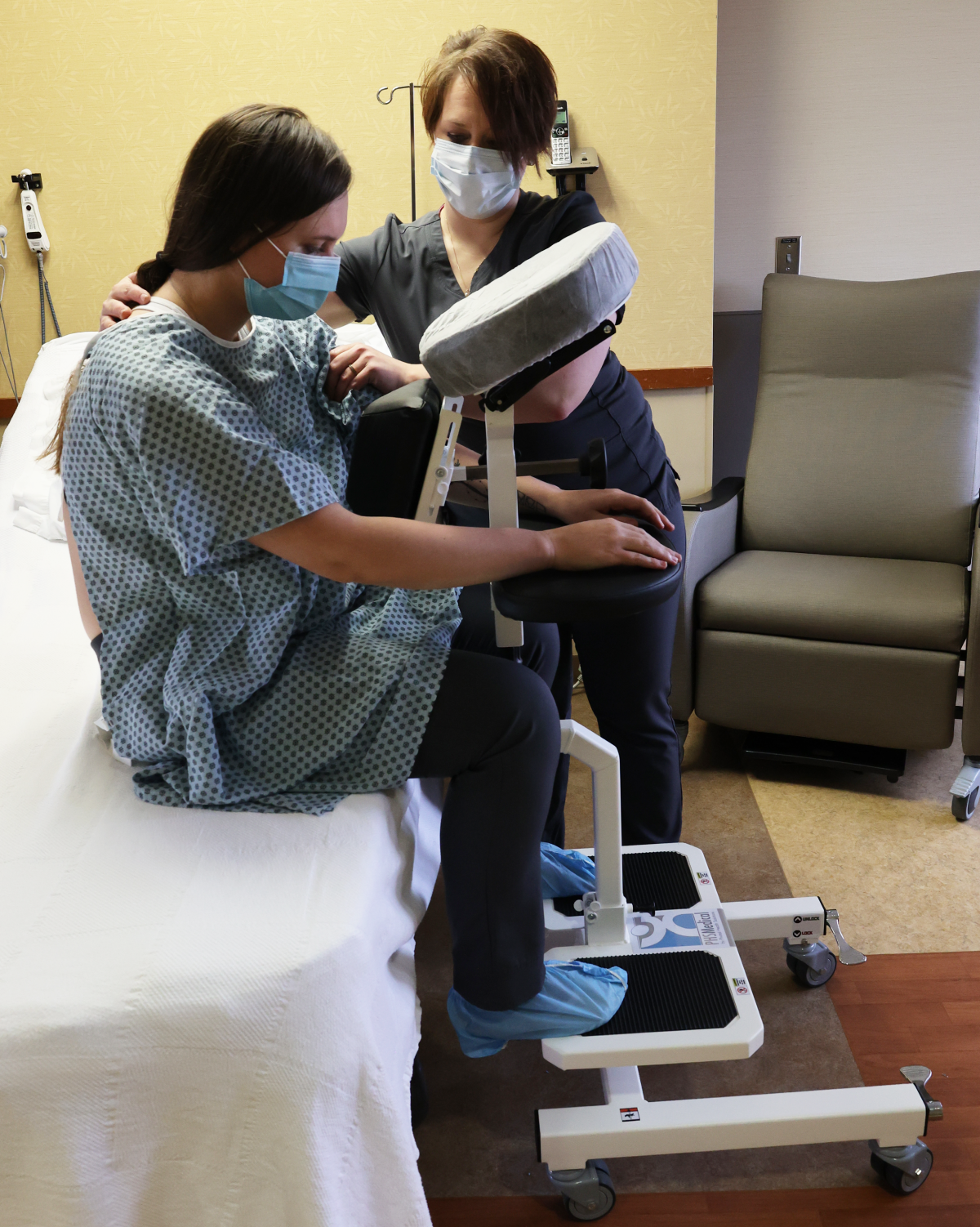
Additionally, the EPD eliminates the need for extra positioning aids, creating a more streamlined and organized environment. Time once spent on makeshift solutions or repositioning patients can now be devoted to higher-priority surgical tasks.
Real-world data backs the EPD’s impact on efficiency. Some hospitals have reported up to a 25% decrease in spinal block preparation times after integrating the EPD into their operating rooms. This improved workflow not only boosts staff productivity but also enhances the patient experience by reducing waiting times and procedural delays.
Real-World Impact
The EPD is already making waves in hospitals worldwide. An anesthesiologist from a high-volume surgical center shared, “The EPD has transformed how we approach spinal blocks. It’s rare to find a tool that enhances safety, comfort, and efficiency simultaneously, but this device checks all the boxes.”
Patients, too, have noticed the difference. One patient undergoing spinal anesthesia for a surgical procedure remarked, “I felt secure and comfortable the entire time. It eased my anxiety and made the process smoother than I expected.”
By addressing the needs of both patients and staff, the EPD has proven to be more than just a positioning tool; it’s a solution for better outcomes and smoother clinical processes.
The Epidural Positioning Device is revolutionizing spinal block procedures in surgical departments. Its innovative features, such as adjustable height and ergonomic support, ensure precise alignment and patient safety. For staff, the EPD reduces physical strain and optimizes workflows, enabling teams to perform at their best.
Hospitals that adopt the EPD are not only advancing their clinical outcomes but also creating safer, more efficient environments for their teams and patients alike. Investing in tools like the EPD is an investment in better healthcare—one that pays dividends in the form of improved safety, efficiency, and overall patient satisfaction.
The EPD isn’t just a chair—it’s a step forward in surgical care excellence.

